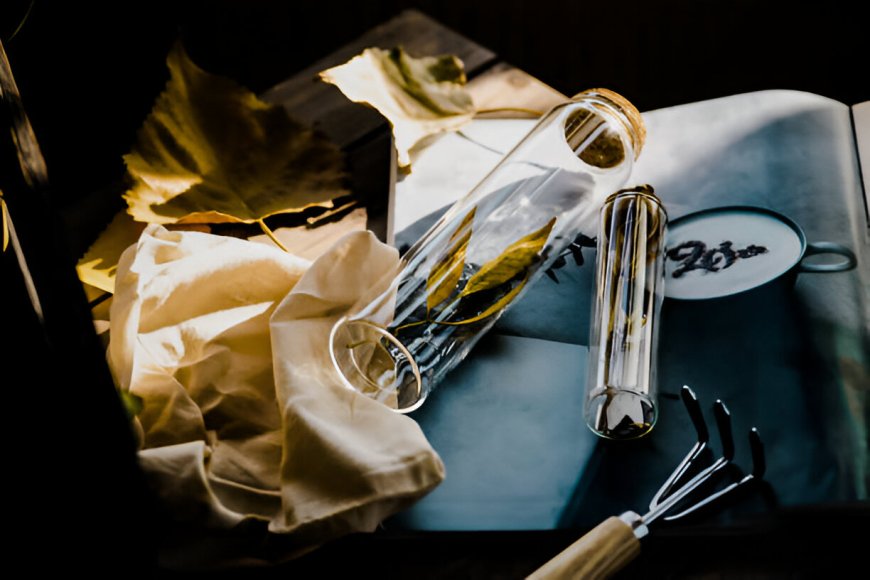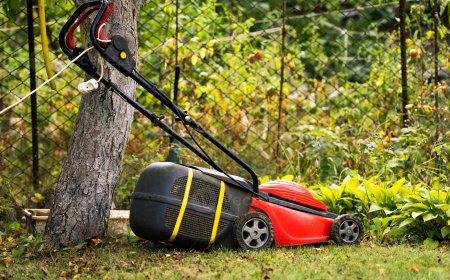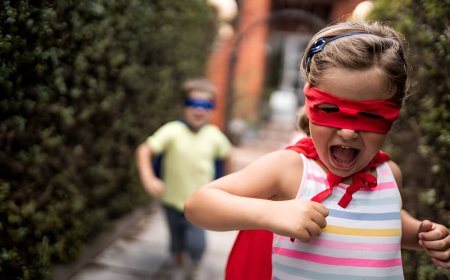A Time Capsule in Glass Journaling for Future Discovery
Preserve your memories with a time capsule in glass—a unique journaling method for future discovery and reflection. Capture the present for tomorrow.

In a world saturated with digital memories and fleeting social media moments, the enduring magic of handwritten journaling finds new life—preserved not only in ink but encased in glass. Imagine a transparent vessel cradling thoughts, dreams, observations, and insights from this moment in time, waiting patiently for the future to uncover its contents. This is the power of journaling in a bottle: a blend of self-expression, creativity, and legacy-building that transforms everyday reflection into a lasting artifact. As education evolves and young minds seek deeper connections to their inner worlds and outer environments, the concept of a time capsule created through personal journaling has taken on new relevance. It’s more than nostalgia—it’s a medium for voice, reflection, and a pathway to deep learning.
Glass-encased journals—literal or metaphorical—speak to a world craving authenticity. In the age of disposable information, where algorithms shape narratives, capturing an honest human moment and preserving it is a revolutionary act. The journaling bottle is not simply a container; it is a vessel of thought, culture, and identity. And this very act of encapsulating lived experiences forms a bridge across time, encouraging introspection today while offering future generations a glimpse into the consciousness of the present.
Personal Reflection as a Learning Tool
In the educational sphere, the power of journaling is well-documented. Reflective practices enhance metacognition, empathy, and emotional intelligence. They give students agency over their learning and provide educators with insight into student development. When these journals take on a physical form—as in writing and sealing entries in glass bottles—the experience becomes deeply symbolic. The bottle itself represents the safeguarding of knowledge and experience, as well as the hope that what is written will matter someday to someone else.
What makes this practice particularly resonant in today’s classrooms is its alignment with the ideals of 21st-century learning. We are living in a time when collaboration, communication, creativity, and critical thinking are emphasized alongside emotional intelligence and global awareness. Journaling meets these outcomes by encouraging students to engage with their thoughts, feelings, and cultural perspectives, thereby fostering a well-rounded, reflective individual.
Art Meets Memory
Journaling in bottles also invites an interdisciplinary approach—merging writing, visual art, design, and storytelling. Students may decorate their bottles with symbols of identity or context, embed illustrations within their writings, or include small objects that represent their stories. This intersection of art and reflection elevates the journal beyond the written word, creating a time capsule that is both visually and emotionally rich.
The physical process of writing, sealing, and storing a journal in a bottle adds layers of intention and ritual to the act. It requires one to pause and reflect not only on what is written, but on how it might be interpreted by others—be they family, historians, or unknown future readers. In this sense, journaling becomes a deeply personal yet profoundly public act.
Time Capsule as Curriculum
Educators across the globe are integrating the concept of journaling in bottles into their curriculum, not only as a creative writing exercise but as a cross-curricular tool. In language arts, students practice voice and narrative technique. In science and environmental studies, they reflect on climate concerns, community health, and ecological identity. In history and social studies, journals act as living artifacts of student perspectives in the present moment. Even in mathematics, the practice of estimating timelines, calculating decay rates of materials, or exploring data trends over decades can be interwoven into this reflective act.
This pedagogical movement, often referred to as 21st Century Learning Creative Journals In A Bottle, has gained traction because it aligns student-centered creativity with tangible outcomes. The journal in a bottle becomes more than a keepsake—it becomes evidence of learning, a product of student inquiry, and a medium for self-exploration within educational systems often focused solely on assessment and metrics.
These journals offer something traditional assessments do not: emotional context. A student’s reflections on a local flood, a global pandemic, or personal loss can be more powerful and informative than test scores alone. When sealed into a glass bottle and labeled with dates, themes, or hopes for the future, these journals become cultural timestamps—snapshots of consciousness grounded in a specific place and time.
Environmental and Ethical Dimensions
There is also an important ethical and ecological layer to this practice. In a world increasingly concerned about sustainability, the materials used for journaling matter. Glass bottles offer a durable, recyclable, and eco-friendly alternative to plastic. Furthermore, encouraging students to reflect on their environmental surroundings—and perhaps bury their bottles as part of a campus restoration or tree-planting project—fosters a deeper awareness of their ecological footprint.
In some schools, the journal-in-a-bottle project culminates in a ceremony: bottles are buried in designated “memory gardens,” stored in community libraries, or given to students with instructions to open them in ten or twenty years. These ceremonies acknowledge the emotional weight of reflective practice and celebrate the courage it takes to share one’s inner world with the unknown.
Reimagining the Archive
What happens when we begin to archive emotions, questions, and daily life rather than just data and events? A bottle filled with stories of a teenager in 2025 may one day serve as a lens through which a historian in 2125 understands what it meant to grow up in this digital, climate-uncertain, rapidly changing world. Through journaling in a bottle, we teach students that their experiences matter—that their voices are not just notes in the margins of time, but the actual script of human history.
Furthermore, this medium inspires collaboration between generations. Parents, teachers, and community elders can participate by contributing their own bottles, sparking intergenerational dialogue. The act of journaling together, then preserving that collective memory, creates community bonds that transcend age and background.
Technology and Tradition
Interestingly, the journaling-in-a-bottle movement is not a rejection of technology, but rather a complement to it. Some projects pair physical bottles with QR codes that link to digital archives, videos, or voice recordings. This hybrid approach acknowledges the omnipresence of digital storytelling while honoring the authenticity and permanence of the handwritten word.
By combining analog and digital mediums, students learn to communicate across platforms while preserving the core human desire to be remembered and understood. In doing so, they engage with both heritage and innovation—essential elements of holistic, modern education.
Conclusion
The practice of journaling in a bottle may appear whimsical at first glance, but its implications are profound. It empowers learners to reflect, to create, to contribute meaningfully to both personal and collective memory. It reinforces the value of storytelling and intentionality in a world often dominated by distraction and speed. As classrooms adapt to the demands of 21st-century education, integrating practices that nurture creativity, identity, and future-thinking becomes essential.
Through initiatives like , educators are crafting new paths for student voice, community engagement, and cross-temporal communication. These journals are not just relics to be unearthed—they are gifts of perspective, waiting for discovery, teaching us that sometimes the most powerful learning lives not in answers, but in the questions we preserve for tomorrow





































